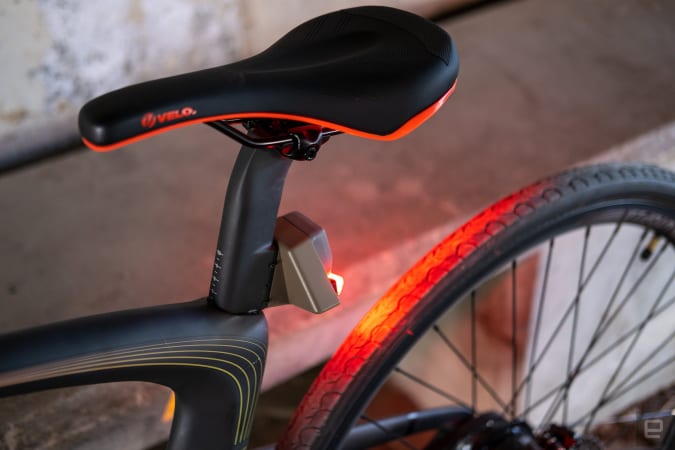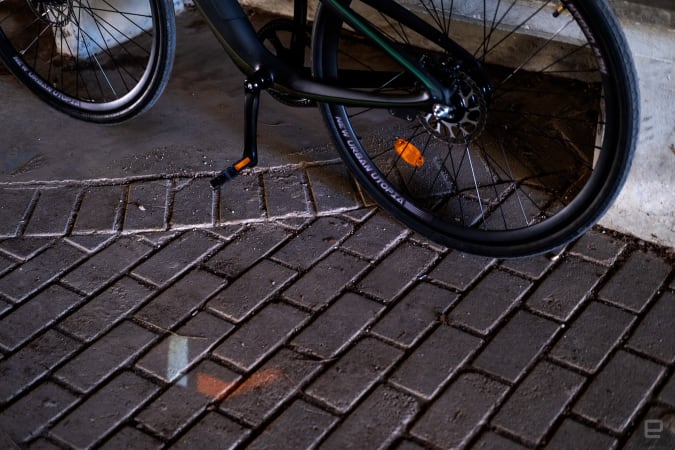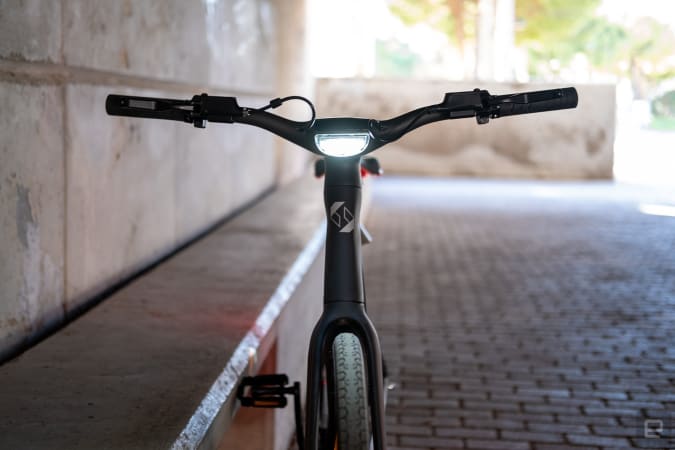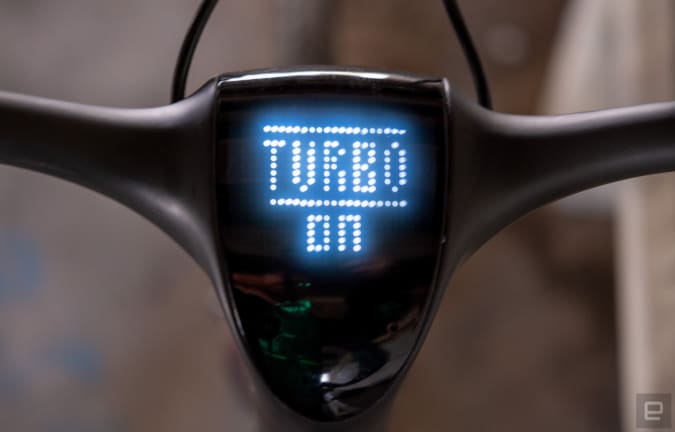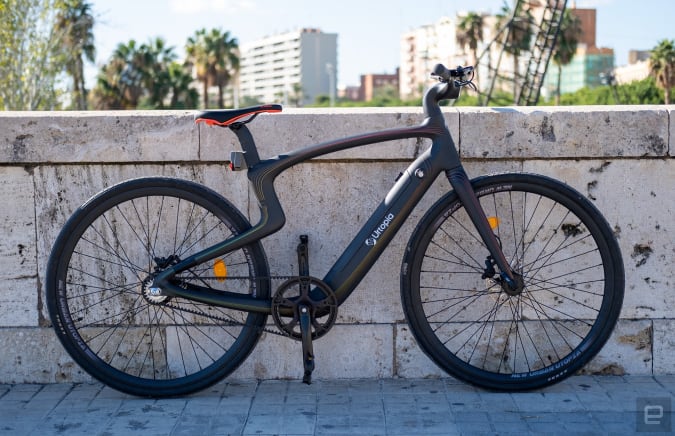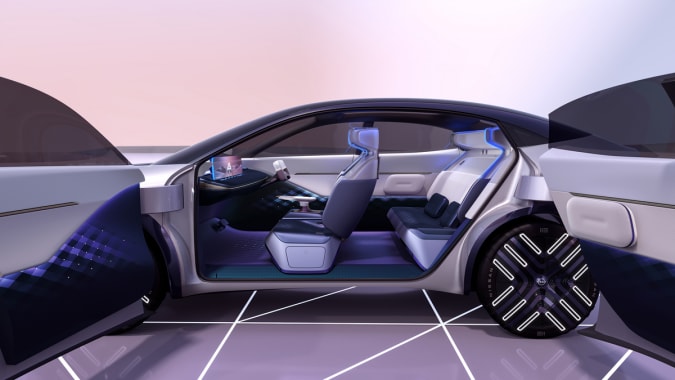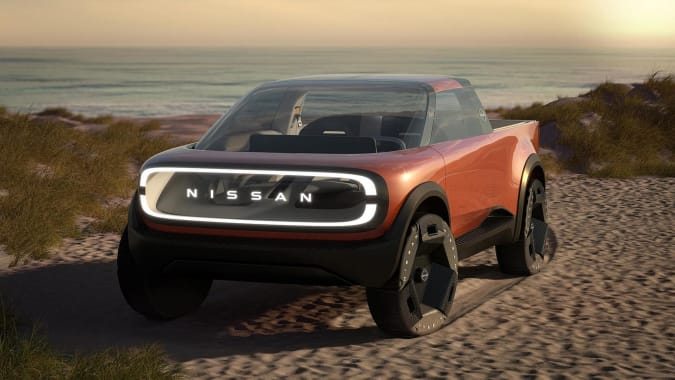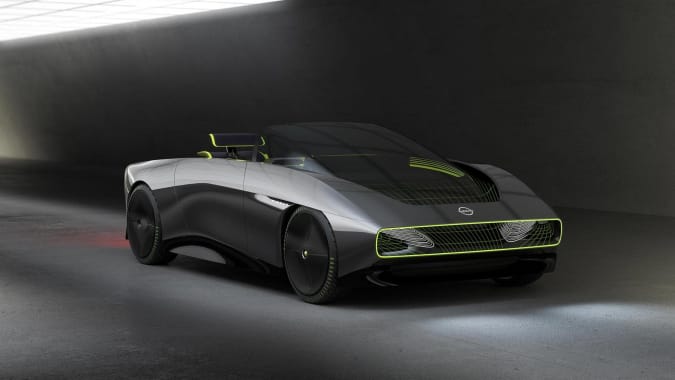In a landmark court decision against Uber, the UK High Court has ruled that its business model is unlawful.
The decision — which reboots the application of London’s regulations around private hire vehicle contracts — has huge ramifications for how ride-hailing platforms like Uber can operate in the UK capital and how much UK tax they will pay.
The crux of the issue is the contract model Uber and many other ride-hailing platforms have been applying. (And, indeed, how London’s transport regulator, TfL, has been overseeing — or, well, failing to — their compliance with the law.)
Long-standing regulations, dating back to 1998, establish the conditions for a private hire vehicle booking to be lawful in London.
The Private Hire Vehicles (London) Act predates ride-hailing apps — and companies like Uber have claimed to be complying with its stipulations despite simultaneously arguing they are not contractually bound by trips booked by its platform.
Back in February, a UK Supreme Court judgement — which demolished Uber’s claim that drivers were contractors not workers — raised key questions over its ride-hailing business model, as the justice suggested that the contractual scheme devised by Uber to claim compliance with UK regulations may be unlawful.
Uber, with the support of another ride-hailing player (FreeNow), responded by litigating to seek to have its model declared lawful by the courts.
Uber has argued that the acceptance of a booking constituted a contract between the passenger and the driver — to which it claimed it was not a party — seeking to maintain that its only role was to act as a booking agent providing technology services and collecting payment as agent for the drivers. (And, therefore, to shrink the legal obligations on its business.)
In a second judicial proceeding following the Supreme Court ruling, a London taxi association also sought to have FreeNow’s operator license quashed — arguing it was not compliant with the 1998 Act in relation to the issue of ‘plying for hire’.
The High Court ruling deals with both those claims — and while the court did not agree that FreeNow’s licence should be revoked because the judges did not conclude that the app is facilitating or encouraging drivers to ply for hire (the key point of legal challenge there) — the judges have essentially struck down the prevailing ride-hailing business model that operates under a claim of a mere agent role for booking platforms.
In concluding the judgement, the High Court makes it clear platforms cannot avoid a contractual obligation — writing that “in order to operate lawfully under the Private Hire Vehicles (London) Act 1998 a licensed operator who accepts a booking from a passenger is required to enter as principal into a contractual obligation with the passenger to provide the journey which is the subject of the booking”.
The implications of the ruling on ride-hailing businesses operating in the UK look significant — not least in how much tax London-licensed ride-hailing platforms will have to pay per trip.
That in turn means there are likely to be ramifications for the cost of offering a ride-hailing service — and, more broadly, how viable it may be to operate such a service at all.
After all, even with self-serving contractual workarounds and other employment law fiddles shrinking operating costs, many of these platforms have not been able to turn a profit. And the core criticism remains that the gig platform business model is inherently — and, indeed, unlawfully — exploitative of labor.
Per the App Drivers & Couriers Union (ADCU), which challenged Uber’s attempt to have its contracts declared lawful, almost all 1,832 TfL licensed operators in the private hire industry have used an Uber-style contract model since regulatory supervision began back in 2002 — hence the ruling will have industry-wide implications.
Other ride-hailing players in London include the likes of Bolt and Ola — which may also need to rework their models in light of this ruling in order to continue operating in the UK capital.
While the High Court ruling affects the ride-hailing industry in general, it was Uber that took legal action seeking the opposite outcome so there’s no doubt this is a serious blow to the company’s hopes.
In a statement Uber nonetheless sought to put out a less damaging spin — claiming to be ahead of rivals in providing benefits to workers, given it already made some changes following the Supreme Court ruling.
“This court ruling means that all the details of the Supreme Court decision are now clear. Every private hire operator in London will be impacted by this decision, and should comply with the Supreme Court verdict in full. Drivers on Uber are guaranteed at least the National Living Wage, holiday pay and a pension plan but we’re not the only player in town. Other operators must also ensure drivers are treated fairly,” an Uber spokesperson said in the statement.
(NB: Uber is still being challenged on how it calculates driver working time — as it only starts the clock when drivers accept a job, not when they’re logged into its app and available to accept a booking — so its legal risks over employment classifications have plenty more road to run.)
Uber added that it is reviewing the judgement — and said it will comply with the decision of the court.
We also contacted FreeNow for a reaction and a spokesperson told us it is also reviewing the ruling.
“As Europe’s leading multi-mobility platform we take our compliance to regulation seriously so we are currently reviewing this ruling in order to fully understand its implications for our business and what next steps we may need to take,” its spokesperson said in the statement.
The ADCU was jubilant on another major win — this time against what it dubbed “bogus contract constructions” which it characterized as “typical in the gig economy and the private hire industry”.
Such contracts are “the means to misclassify workers as independent contractors”, it argued, further claiming they’ve been the vehicle used to “shield operators like Uber from employer liability, legal liability to their customers and for payment of VAT”.
The Union further dubbed the ruling a “huge embarrassment” for TfL and the Mayor of London — which it said have “failed to regulate the trade according to the requirements of the legislation”.
“This has resulted in drivers being brutally exploited and passenger safety put at risk while operators profited from the lack of proper regulatory supervision,” it added, citing a 2016 report by former Work & Pensions Select committee chair Frank Field MP — which it said described “the desperate conditions tolerated in a trade supervised by TfL”. (Field went on to conduct an inquiry into pay and conditions for platform workers in the food delivery space — which likened those apps’ labor model to conditions experienced by workers in 20th century dockyards.)
James Farrer, the ADCU’s general secretary, and a claimant in the aforementioned successful employment tribunal against Uber, also welcomed today’s High Court ruling.
“The private hire industry under Transport for London has been a cess pit of labour abuse for decades. With this ruling in place, TfL must ensure that all private hire operators take full responsibility for every trip they book and not dump responsibility on to drivers,” he told TechCrunch.
“The knock on effect of this will be that drivers can far more easily access worker rights protections now that the confusion of misclassification has been removed, passengers will enjoy greater protection and the Treasury will stand to collect 20% on every fare,” Farrer predicted.
In a statement, Yaseen Aslam, the ADCU’s president, added: “For years, the Mayor and Transport for London told us they had no powers to protect TfL licensed drivers from brutal exploitation by licensed operators like Uber. This ruling confirms that, not only had the powers all along but, in fact, they had the duty to act on these powers but failed to do so. The Mayor of London must now order an urgent review of TfL to find out what went wrong, to bring the industry rapidly into compliance and to ensure passengers and drivers are never again put at risk like this.”
TechCrunch contacted TfL and the Mayor of London’s office for comment — but at the time of writing neither had responded.
The ruling is certainly embarrassing for London’s authorities which have claimed to be taking a tough stance against Uber on issues of safety and governance, including — since 2017 — TfL repeatedly denying Uber a full licence renewal.
If TfL had applied the regulations as intended there’s no doubt Uber’s business would have had to look very different from the get-go. Indeed, the whole private hire vehicle model might have taken a very different turn.
While this High Court ruling is specific to London/the UK, wider pro-worker changes also appear to be on the way for gig platforms across Europe — as EU lawmakers are working on legislation they say will improve working conditions for platforms workers.
Last week Bloomberg reported this forthcoming EU plan could see as many as 4.1 million people working through food delivery and ride-hailing apps reclassified as employees — which sounds like it certainly take a bunch of steam out of a very VC-inflated sector.
Uber and other gig platforms, meanwhile, have been lobbying the bloc’s lawmakers to steer the other way — pushing for a Prop-22-style legal carve out for platform work that critics argue would cement a lower standard of employment protections for workers who are already among the most vulnerable and precarious.
So UK judges’ clarity on upholding the purpose of legislation being to protect workers looks very timely and may further influence the shape of incoming pan-EU rules for gig workers.

